Ertach Kernow - Cornwall's railways, Beeching branch line closures
Cornwall's railways; Beeching branch line closures
Having reached Helston travelling through flooded roads and lashing rain earlier this month I was pleased to find a very nice venue where I was giving an illustrated talk to Helston Old Cornwall Society. They carry out their meetings at the Hens Horn Court community room which was the Helston Railway Station prior to the Dr Beeching railway cuts in the 1960’’s. An event marking the 60th anniversary of the loss of the Helston branch line was taking place on 5th November, organised by the Helston Railway group of enthusiasts who manage a steam train on part of the remaining track.
The history of Cornish railway lines, which often evolved from earlier mineral tramways built during Cornwall’s mining heydays, is huge and well researched by authors and rail enthusiasts. Prior to the completion of the Royal Albert Bridge there was much rail construction taking place and joining of communities. Even then overenthusiasm for rail links led to lines that would close even before Beeching put his signature to his notorious report.
Besides Helston hundreds of communities throughout Britain as a whole suffered these cuts. Had all of these gone forward following a further report by Dr Beeching in 1965 all rail links into Cornwall may have vanished completely. Those towns who lost their rail links were rightly devastated and it would have seemed inconceivable to those attending the opening of the Royal Albert Bridge on 2nd May 1859 that such decimation would take place just one hundred years later. The railways had opened Cornwall up and created a mass tourist industry, but gradually the motor car was bringing greater numbers and the opening of the Tamar Road Bridge in late 1961 helped confirm decisions regarding the closure of loss-making branch railway lines. In 1961 only forty percent of visitors to Cornwall were coming by rail and there was concern that Cornwall’s roads were not up to the task of carrying increased future numbers. This was compounded by fears that the movement of freight from railways to roads would increase congestion and lead to more accidents. Sixty years later Cornwall is still working on improving the road network.
The aims of the British government were it claimed not to necessarily make the railways profitable, but to cover the costs. Dr Beeching was tasked with the aims of identifying rail lines which were not profitable and would take into account both freight and passenger travel. Freight transportation by rail is not often considered by the general public who view passenger use as the primary driver for rail use. British Railway Board’s ‘The Reshaping of British Railways’ better known as the Beeching Report planned huge cuts in Cornwall, including persistent rumours of no trains into Cornwall whatsoever. In June 1962 John Hay, the Parliamentary Secretary to the Ministry of Transport, in answering questions regarding this from Cornwall MP’s in the House of Commons stated ‘The rumours to which my hon. Friend has referred have been somewhat persistent in the West Country and I am very glad to have the opportunity of denying them. For the future, if in fact I any proposals of this kind were made, the Transport Bill at present before Parliament contains a new procedure for dealing with matters of public interest in connection with the withdrawal of services.’
Belief that railway cuts would have had a devastating effect on Cornwall’s tourist industry were unfounded as growing motor vehicle use would more than offset those over time. Of course, to contain costs and increase efficiencies on remaining branch lines, including some on the main line, stations and stops were removed. Even now ghostly remains of stations along the main line through Cornwall help illustrate those cuts and road names still provide clues as to where town railway stations were located.
That Newquay retained its primary branch line to Par seems almost miraculous, and many would consider that this was due to the number of visitors that used the line especially in the summer. Surprisingly it wasn’t passengers but freight that saved the Par to Newquay line. Newspapers reported that the main line between Plymouth and Penzance would be retained after cutting out uneconomic branch lines and that the only one likely to survive was that to Newquay. The reason provided was that this line carried anywhere between 10,000 to 50,000 tons of china clay each week plus other freight goods. Other branch lines and even the westernmost part of the main line carried less than 5,000 tons of freight per week. The addition of passenger number would not affect the overall picture Dr Beeching claimed. Unfortunately, the Newquay to Chacewater line that was often referred to as the Perranporth line, that included St Agnes, did not survive despite the efforts of Newquay Urban District Council and a number of other authorities.
Looe Urban Council had taken a proactive approach and instead of handwringing had come up with a Plan B in anticipation of the railway closure. They had sought the assurances of Cornwall County Council that they would take over the sidings for a coach and car park in case the line did close. However, the Liskeard to Looe railway line escaped closure by inches when reprieved by the Labour Minister of Transport Barbara Castle just two weeks before planned closure in 1966.
Lostwithiel Council were concerned about the continuance of the Fowey branch line and truthfully arguments for retention of a passenger route that ‘afforded one of the loveliest journeys in Cornwall’ was not going to sway decision makers to retain it. However, as a freight rail line it would continue, and recent discussions have looked at reopening it as a passenger line along with a number of other previously closed lines.
Everywhere in Cornwall north of the main line and east of Newquay lost their rail links including Launceston, Bude, Camelford, Wadebridge and Padstow. This also left many much smaller settlements along the route of these former branch lines without a rail link and often poor road transport facilities.
The rail link between Bodmin Parkway through to Padstow ended for passengers in 1967 although freight ran as far as Wadebridge until 1978. China clay traffic kept the route to Wenfordbridge open until 1983 when the complete route was closed. In 1984 The Bodmin Railway Preservation Society formed and later evolved into the Bodmin & Wenford Railway plc which began the heritage railway line. This now runs between Bodmin Parkway via Bodmin General through to Boscarne Junction. As well as this wonderful piece of functioning railway nostalgia there is also the delightful Camel Trail that runs along the old railway line, Padstow to Wadebridge 5.5 miles, Wadebridge to Bodmin (Boscarne) 5.75 miles and Bodmin to Wenfordbridge 6.25 miles. With many access points along the trail, cycle hire, refreshments and other amenities this is great use of this former rail track.
With increased interest in rail travel and goals to reduce motor vehicles from our town centres, helping revitalise them and making them more cycle and pedestrian friendly, increased use of rail transport may make a comeback. Perhaps those towns with existing rail links or ability to replace rail lines may be able to integrate them with park and ride schemes. Some sixty years or so after Dr Beeching’s proposals maybe some of those lost links can be rolled back and fit for the 21st century.
Nothing to do with railways. My thoughts on the recent construction work in Truro reducing car parking and something I considered an inconvenience when having to travel to the city centre. However, I am now a great advocate of Truro’s Park & Ride which is not only cheaper than carparking but also less stressful. Hopefully more Cornish towns will implement such schemes perhaps adapting them and the buses for their prospective passengers' particular needs. Always one to promote Cornish heritage is the thought of providing revolving heritage exhibitions at the carparks to interest passengers as they wait for their buses by promoting local history and culture. With most towns having museums, archives or local history groups I’m sure they would be very pleased to work alongside facility providers.
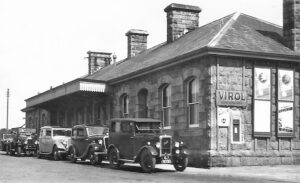
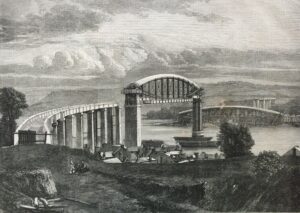
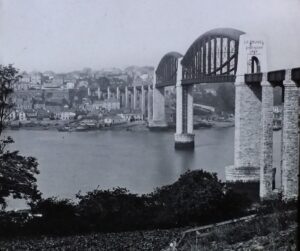
![Newquay Railway Station post WWI [would become longest platform in Cornwall] Cornwall Railways](https://www.cornwallheritage.com/wp-content/uploads/2022/11/Newquay-Railway-Station-post-WWI-would-become-longest-platform-in-Cornwall-1024x544.jpg)
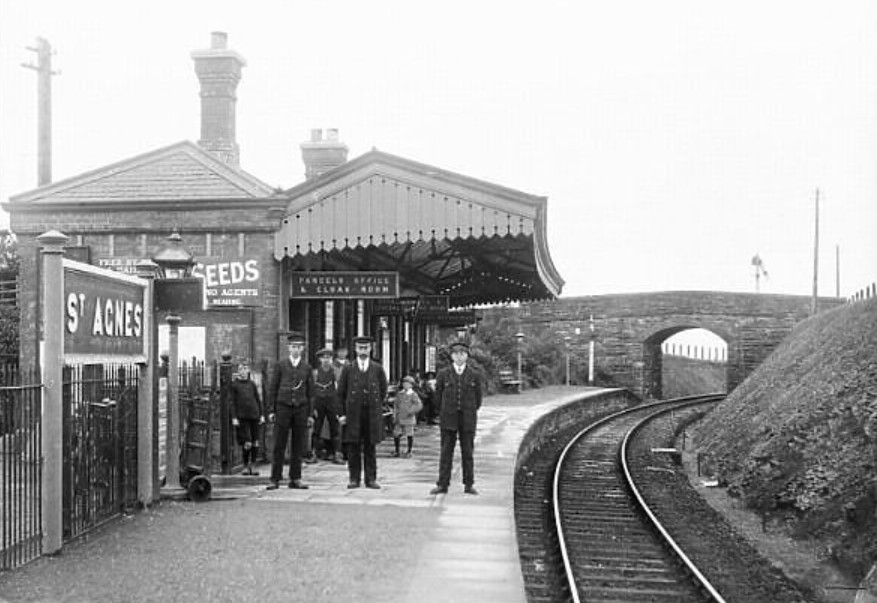
![Perranporth Railway Station [Newquay-Chacewater line] Perranporth Railway Station [Newquay-Chacewater line]](https://www.cornwallheritage.com/wp-content/uploads/2022/11/Perranporth-Railway-Station-Newquay-Chacewater-line-1024x655.jpg)
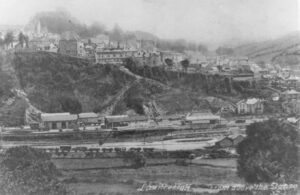
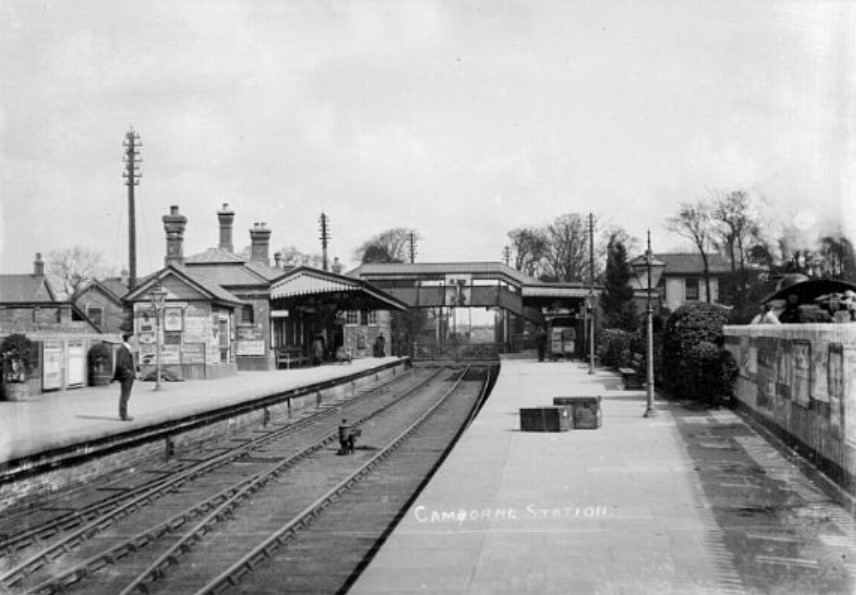
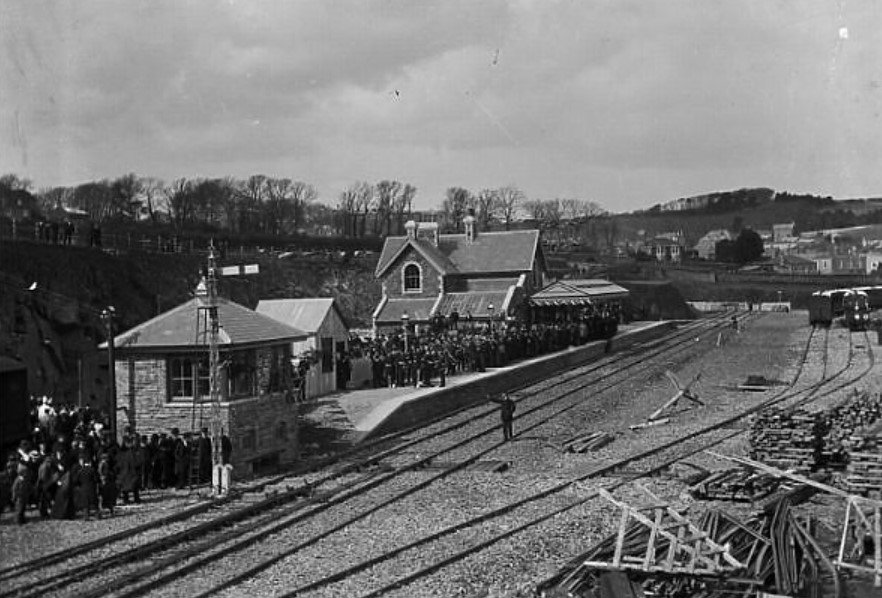
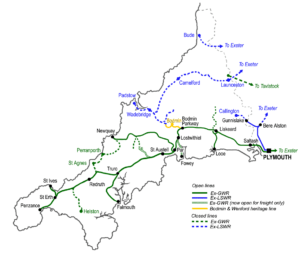
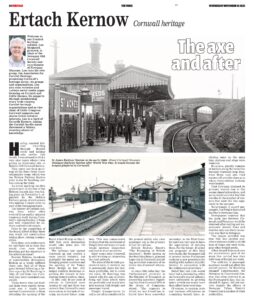
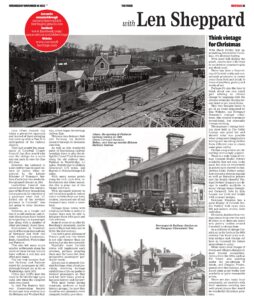
![[125] Ertach Kernow Heritage Column - 16th November 2022 - Think Vintage for Christmas Ertach Kernow Heritage Column - 16th November 2022 - Think Vintage for Christmas](https://www.cornwallheritage.com/wp-content/uploads/2022/11/125-Ertach-Kernow-Heritage-Column-16th-November-2022-Think-Vintage-for-Christmas-287x300.jpg)